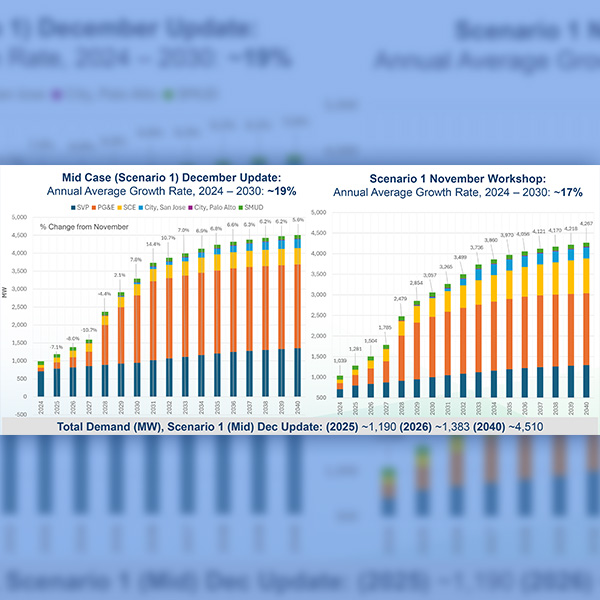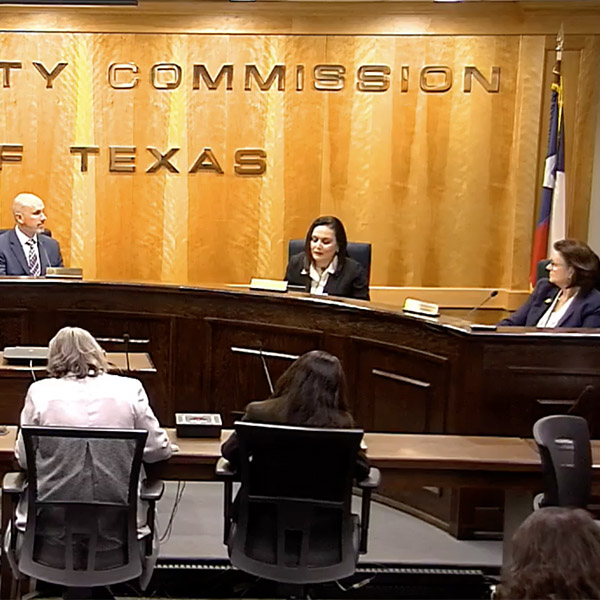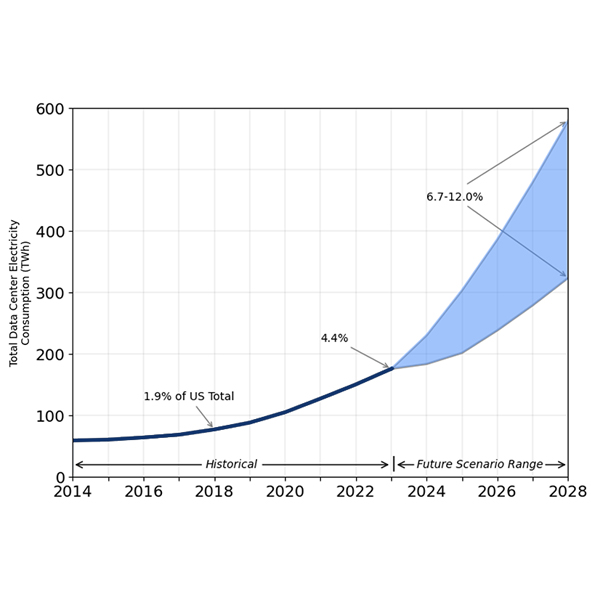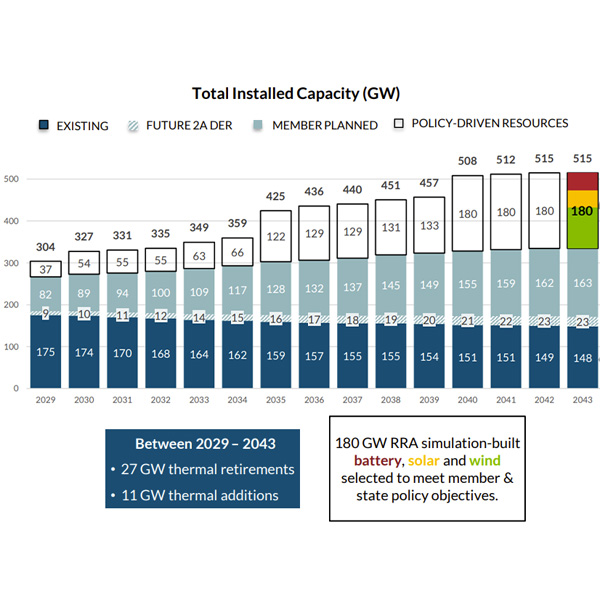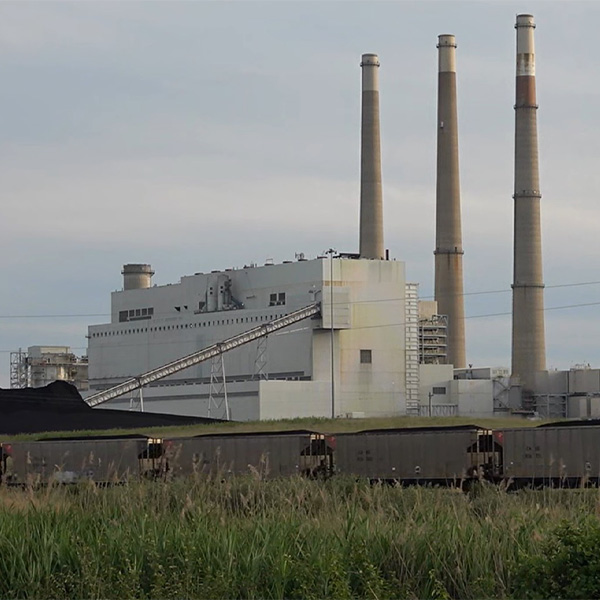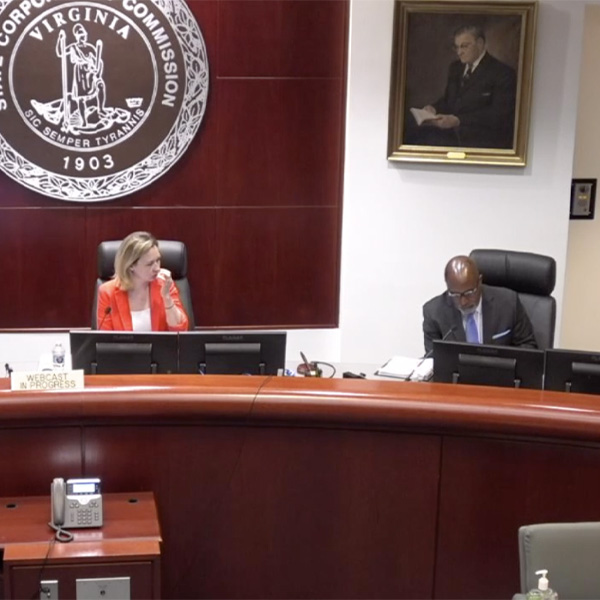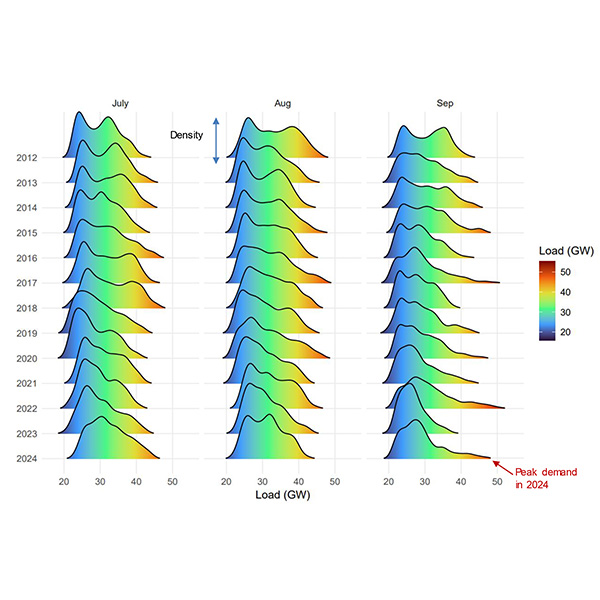Resource Adequacy
Resource adequacy is the ability of electric grid operators to supply enough electricity at the right locations, using current capacity and reserves, to meet demand. It is expressed as the probability of an outage due to insufficient capacity.
MISO will waste no time in 2025 trying to blunt the threat of a shortage that could arrive in the summer months by encouraging new generation and enacting further resource adequacy measures.
ERCOT’s request for must-run alternatives for cost-effective solutions to the congestion problems in San Antonio did not receive any responses by a Dec. 30 deadline, putting the solicitation in serious doubt.
The California Energy Commission has updated its energy demand forecast for data centers after receiving revised figures from Pacific Gas and Electric about data center growth.
Texas regulators shelved the market design they once favored, agreeing with staff's recommendation that the performance credit mechanism results in “minimal” additional resource adequacy value.
Data centers’ voracious appetite for electricity could spike more than threefold over the next four years, rising from 4.4% of U.S. power demand in 2023 to as high as 12% in 2028, according to the Lawrence Berkeley National Laboratory.
MISO said it will finalize an availability-based accreditation for nearly 12 GW of load-modifying resources over the first quarter of 2025 ahead of a filing with FERC.
MISO said members must add an “unprecedented” 17 GW in new resources annually over the next two decades to reliably meet demand and decarbonization goals.
Vistra is extending the life of its coal-fired Baldwin Power Plant in Illinois through 2027 amid MISO delivering warnings over a supply crunch in its footprint.
The Virginia State Corporation Commission spent a full day looking at how growing demand from data centers is impacting the commonwealth's electric grid and rates.
CAISO's Department of Market Monitoring reported that the ISO saw “one of the highest demand peaks” in recent years in 2024.
Want more? Advanced Search


